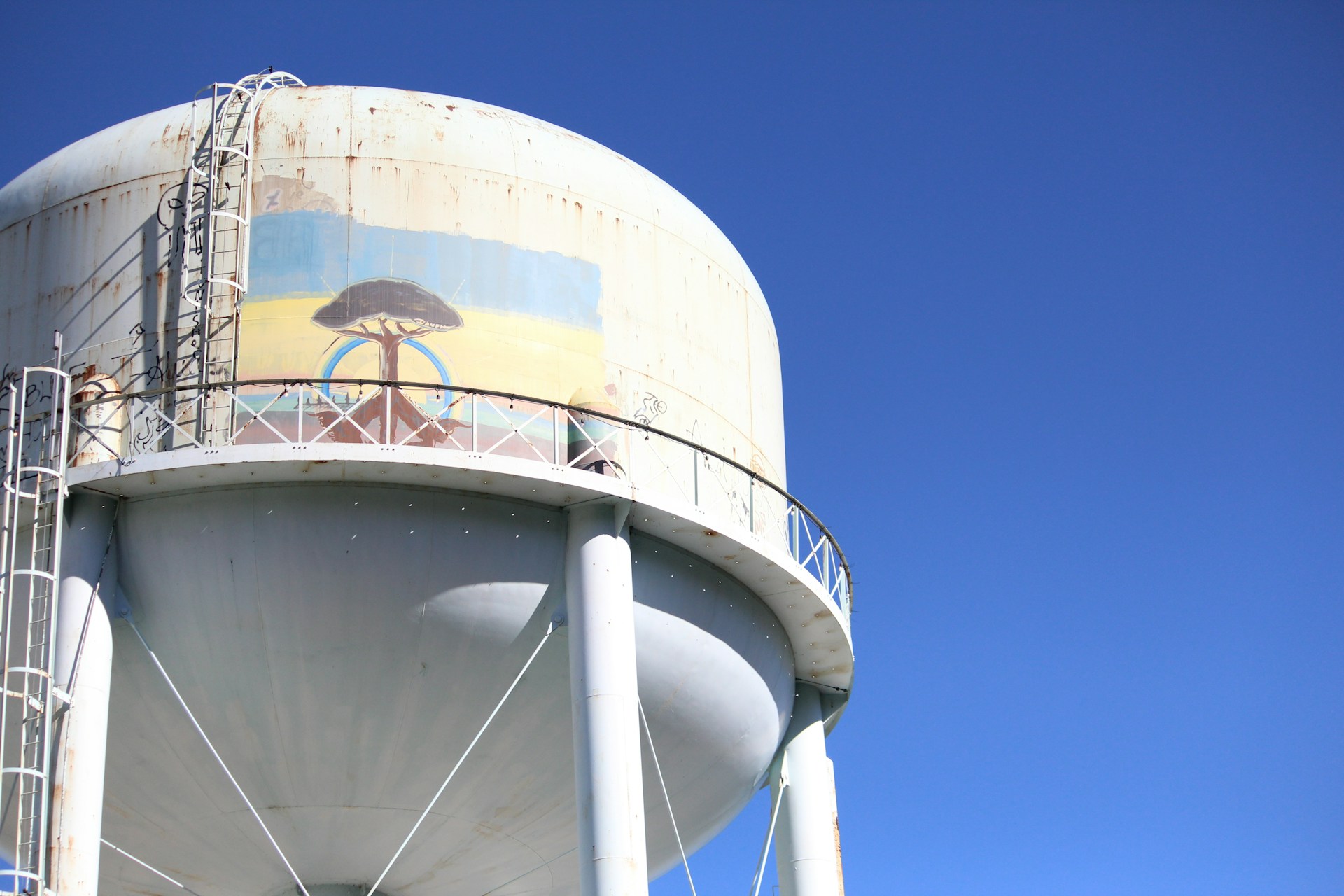
When it comes to maintaining the integrity of above-ground tanks, understanding the potential issues with tank liners is key. One of the most common problems faced by tank owners is liner shrinkage and separation. These issues can compromise the overall function of the tank, leading to leaks or contamination of stored materials. Let’s explore why these problems occur and how they can be effectively managed.
Addressing liner shrinkage and separation not only ensures that the tank operates smoothly but also extends its service life. By spotting these issues early and taking preventive measures, you can avoid costly repairs and downtime. In the following sections, we’ll delve into the reasons behind liner shrinkage and separation, and how to prevent them effectively.
Understanding Liner Shrinkage and Separation Issues
Liner shrinkage and separation occur when the lining of a tank loses its fit or starts to pull away from the tank walls. This can be caused by several factors:
– Temperature Fluctuations: Extreme temperatures can cause the liner material to expand and contract, leading to shrinkage over time.
– Material Quality: The choice of liner material plays a significant role. Poor-quality liners may not withstand environmental pressures.
– Installation Errors: Incorrect installation can create stress points, making liners more susceptible to shrinking and separating.
Consider the example of a water storage tank situated in a region with significant temperature changes. If not properly monitored, the liner can contract in cold weather and fail to expand back to its original size when temperatures rise, leading to gaps that may cause leaks.
To prevent these issues, understanding and addressing the root causes is vital. By staying informed about common causes and maintaining vigilance through regular inspections and high-quality installations, you can upkeep your tank’s health effectively.
Preventive Measures for Liner Shrinkage
Choosing the right liner material is the first step in preventing shrinkage. High-quality materials are designed to handle a range of temperatures without losing their shape. When selecting a liner, consider its durability, flexibility, and compatibility with the tank’s contents.
Professional installation is equally important to ensure that the liner fits snugly against the tank walls. Experts use techniques that provide even distribution and secure fitting, which can prevent stress points that lead to shrinkage.
Regular maintenance cannot be overlooked. Here are some practices that help keep liner shrinkage at bay:
– Routine Inspections: Conduct visual checks for any signs of material stress or misalignment.
– Timely Repairs: Address minor issues quickly before they escalate.
– Seasonal Adjustments: Be mindful of seasonal temperature changes and adjust maintenance schedules accordingly.
By incorporating these measures, you can significantly reduce the risk of liner shrinkage, ensuring the tank continues to function seamlessly.
Addressing Separation Issues
Addressing tank liner separation requires keen attention to detail during routine inspections. It’s crucial to know what signs to look for, such as visible gaps between the liner and tank walls or any bubbling of the liner material. These early warning signs indicate potential problems before they worsen.
– Early Detection: Look for areas where the liner is lifting away or seems loose. Discolouration can also suggest moisture has seeped beneath the liner.
– Prioritise Repairs: Once separation is identified, it’s wise to call in a professional to evaluate and fix the issue. They can prevent small problems from becoming major headaches.
– Reinforcement Techniques: Depending on the situation, professionals might use adhesives to reattach the liner or install additional support systems to keep it in place.
Timely intervention and regular inspection are your best allies in stopping liner separation from causing serious damage.
Benefits of Regular Maintenance and Inspections
Keeping your tank in check through regular maintenance and inspections pays off in the long run. Consistent care can prevent both shrinkage and separation issues, ensuring that the tank liner remains functional over many years. Regular maintenance helps in maintaining the liner’s integrity and prevents costly issues that can arise from unchecked damage.
– Longevity: Regular upkeep not only wards off immediate problems but also extends the life of your tank system. Over time, this saves money and resources.
– Efficiency: Well-maintained tanks operate more efficiently, providing better storage solutions and reducing the risk of leaks.
– Scheduled Checks: Create a maintenance schedule that includes at least a biannual inspection. During these checks, experts can assess the condition of the liner and the tank itself, providing peace of mind.
Routine inspections reveal small problems before they evolve, ensuring that you’re never caught off guard and your tank remains in top condition.
Keeping Your Tank Liners in Optimal Condition
In a nutshell, keeping tank liners in prime condition involves a few key steps: choose quality materials, ensure proper installation, and commit to regular maintenance. Avoid the pitfalls of shrinkage and separation by following practices that protect your investment.
Liners play a critical role in the overall lifespan of a tank, making their upkeep a priority. By focusing on quality and precision from the very beginning, and keeping an eye on any signs of deterioration, you can maintain operation efficiency and long-term durability.
If you’re looking for solutions to ensure your tank remains leak-free and reliable, the expertise of professionals can guide you through maintaining liner integrity effectively.
To keep your storage solutions efficient and durable, focus on maintaining your tank liners. ATM Tanks can help with expert advice and services tailored to your needs. For more information on how to ensure the longevity and performance of your liners, learn more about tank liners. We’re here to support you in protecting your investment every step of the way.
- Choosing the Best Tank Liners for Longevity - December 7, 2025
- Pro Solutions for Effective Industrial Tank Cleaning - December 7, 2025
- What to Do When Your Tank’s Waterproofing Fails - December 7, 2025






